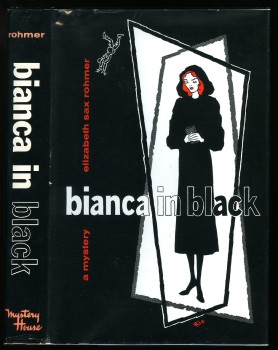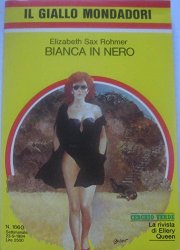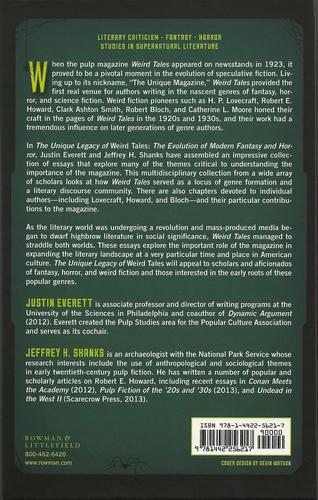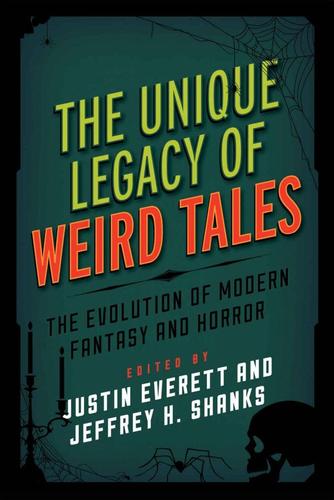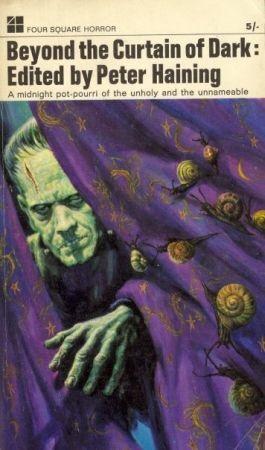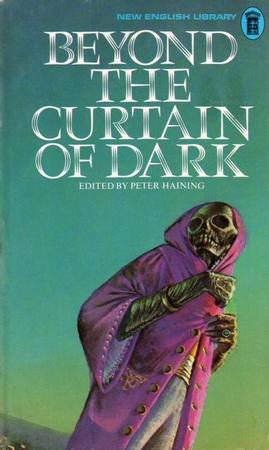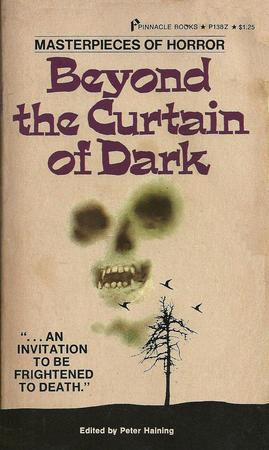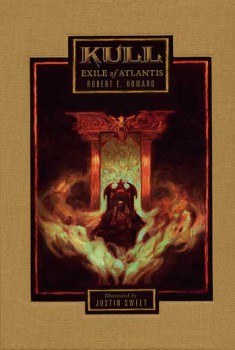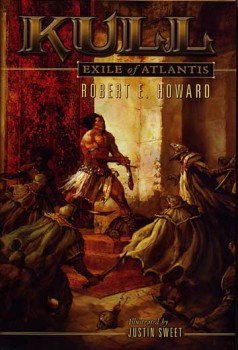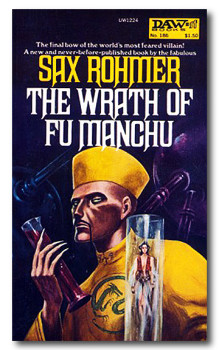Kull and the Quest for Identity
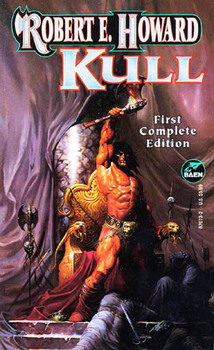
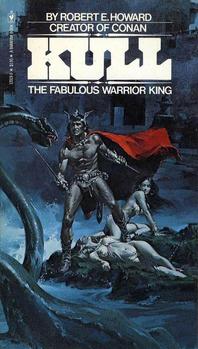 NOTE: The following article was first published on April 18, 2010. Thank you to John O’Neill for agreeing to reprint these early articles, so they are archived at Black Gate which has been my home for over 5 years and 250 articles now. Thank you to Deuce Richardson without whom I never would have found my way. Minor editorial changes have been made in some cases to the original text.
NOTE: The following article was first published on April 18, 2010. Thank you to John O’Neill for agreeing to reprint these early articles, so they are archived at Black Gate which has been my home for over 5 years and 250 articles now. Thank you to Deuce Richardson without whom I never would have found my way. Minor editorial changes have been made in some cases to the original text.
Robert E. Howard’s “The Shadow Kingdom” is a remarkable advancement upon “Exile of Atlantis” and the “Am-ra of the Ta’an” fragments. Howard’s first published story of what will later be known as the Pre-Cataclysmic Age leaves behind the derivative world of Edgar Rice Burroughs pastiches to mine new territory in terms of character and setting as well as genre.
Kull, the barbarian who has recently seized the crown and now must struggle to keep it, marks a significant break from both Howard and the fantasy genre’s past while continuing to build upon the age-old theme of the outsider as noble savage. Howard was hardly the first young man who felt a sense of kinship with such characters. It is not hard to imagine the aspiring young writer, alienated in Cross Plains, pouring his feelings into the exiled Atlantean who remains an outcast even after rising to the throne of Valusia.
The story opens with Kull making a proper royal entrance. Unsurprisingly, the barbarian king’s empathy rests not with Valusia’s finest archers and trumpeters, but with the mercenaries paid to act as foot soldiers – men who show the king little respect, but who demonstrate integrity for all their brash honesty. This sets the stage for the introduction of Brule, the noble Pict destined to become Kull’s loyal companion. While Brule enters the series as a figure of suspicion, Kull soon modifies his opinion of the man’s character. Brule, like Kull, is a man of integrity.
